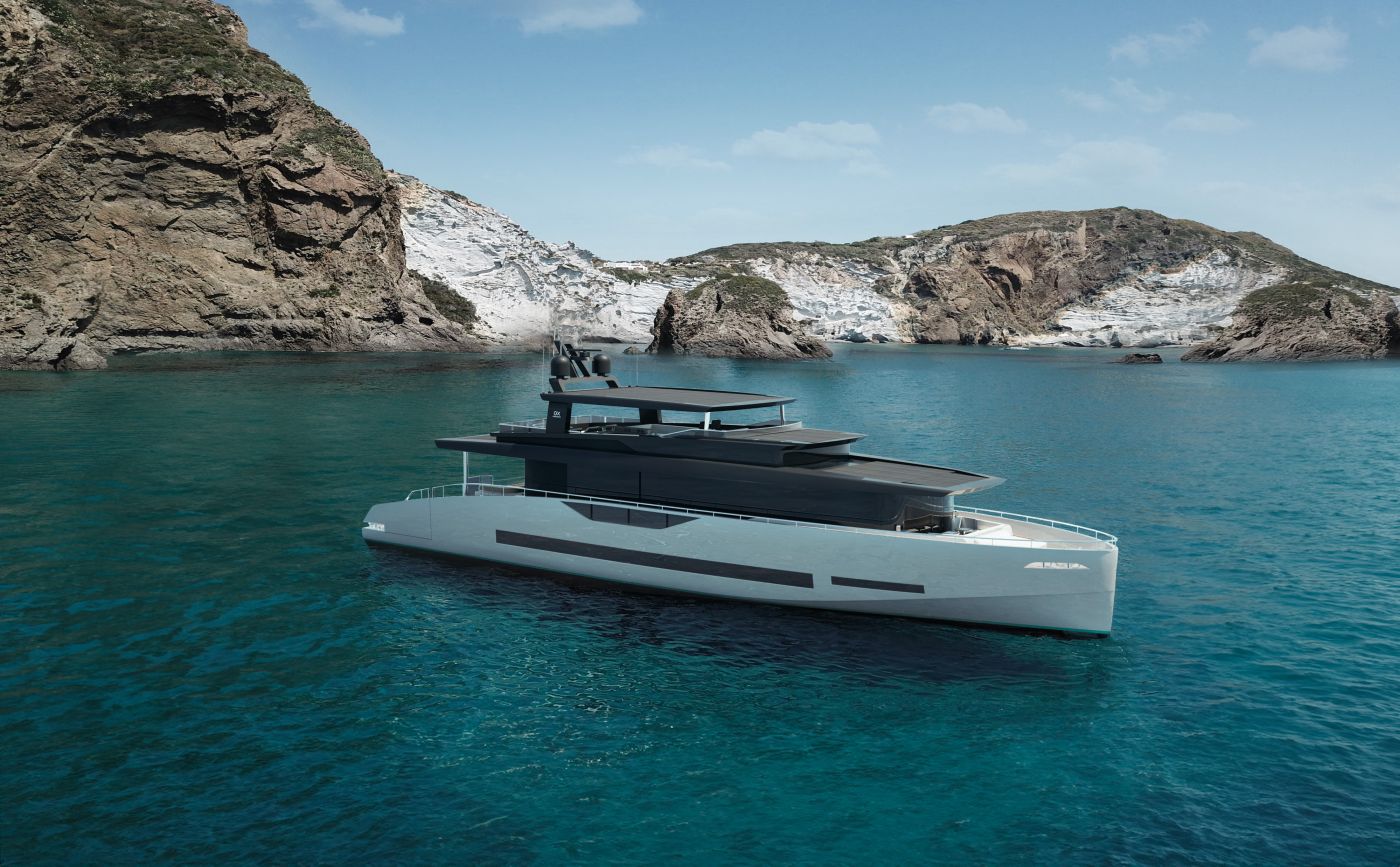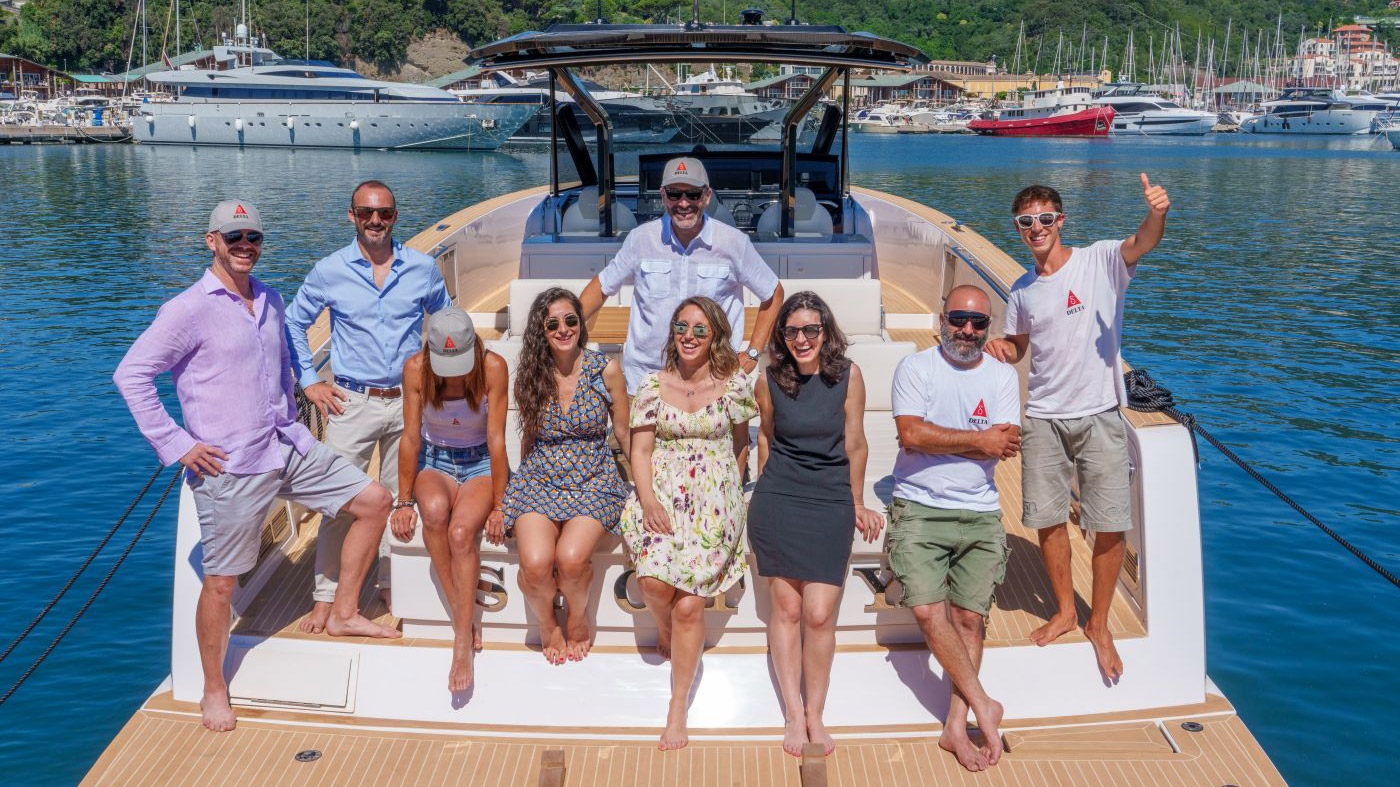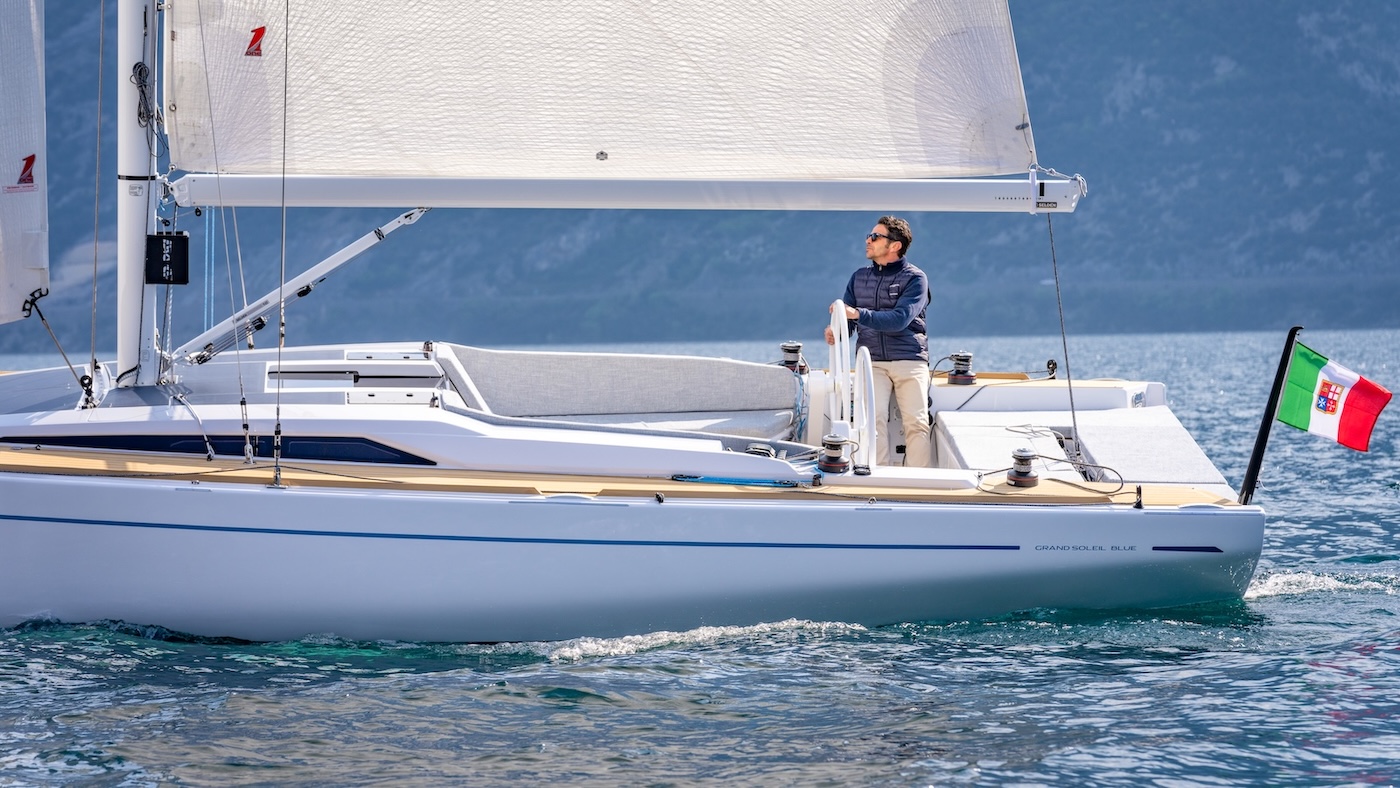Leggi l’articolo in italiano
“And now a breeching forward and another one aft…”
And then springs, painter forward and spring aft. The names of mooring ropes, sometimes synonyms, are different according to their functions and, sometimes, their local traditions.
What we want to see today, beyond names, it’s how to use ropes in a side berthing.
Steerage and stopping with a side to a dock is a rather simple thing. An upwind dock is better to control approaching speed and angle, but, of course, that is not always possible.
In this phase, two ropes must be ready ( in addition to fenders, of course); they are called springs and they are used for head-on and and stern-on mooring. This way, whether a person on the dock can help us or a crew member goes ashore, we can stop the bow immediately and then cleat the stern-on mooring.
At this point, the boat stops. If it is a short stop, for example to fuel or to let someone come on board, we can settle. If our mooring is longer, we have to work a little more.
Both head-on and stern-on mooring, which must have a little distance in front of the bow and behind the stern, prevent the boat from moving away from the dock, back or forth. But it’s not enough.
In order to reduce moves and oscillations, we have to fix two springs, one forward and the other one aft, orthogonal to the boat’s axis.
Finally, breechings. They are two important types of mooring, more useful than springs because they prevent the boat from moving back and forth and from oscilatting. In many cases, when laziness prevails and weather is good (like in the picture below) we can only fix two ropes and two springs.
Now, the boat is safe. We recommend to set fenders at the right height in order to protect the hull and preserve their efficiency.

























